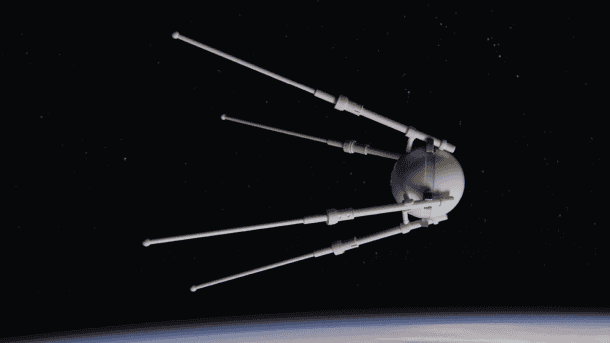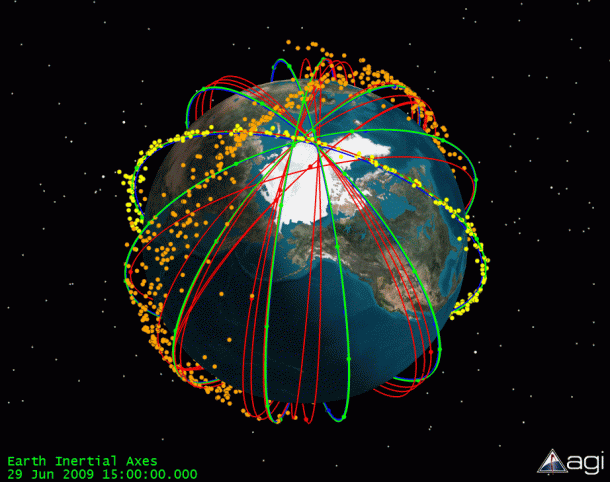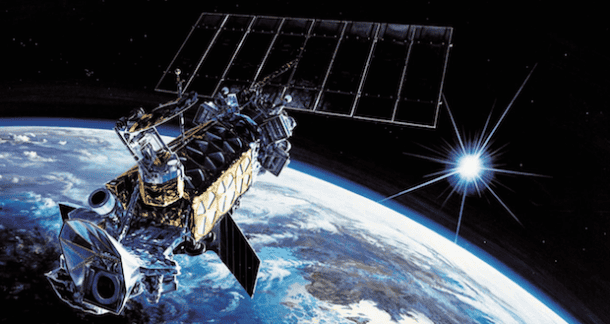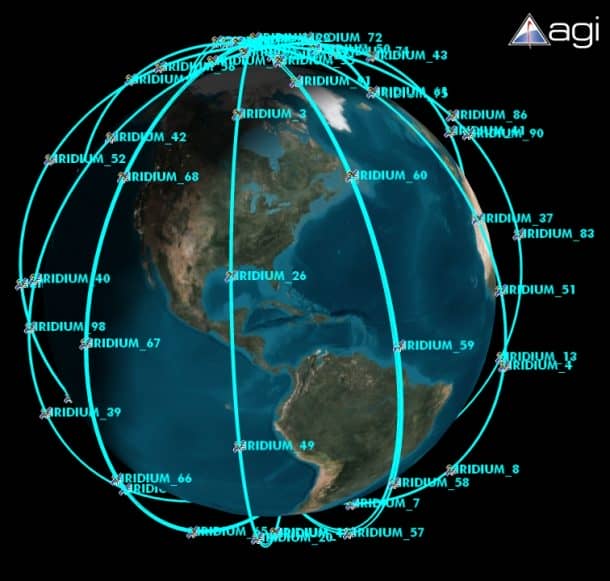The Soviet Union launched the world’s first artificial satellite Sputnik I into space in 1957. This satellite was only the size of a beach ball, but it made history.

So far, a total of 2,271 satellites has been sent to space according to the Goddard Space Flight Center. Among these, 1,324 are Russian satellites while 658 have been launched by the U.S. If so many satellites are sent to space, how do they not end up colliding?

A standard collision avoidance procedure has been established by space agencies to avoid any such accident. Every time a satellite is launched, a Collision On Launch Assessment (COLA) is performed. To make sure that the space vehicle trajectory does not take it too close to any other object in space, the launch window is set such that it has COLA blackout period, the intervals during which the spacecraft does not lift.
The purpose of COLA is to avoid the collision after launch. To avoid any debris or spacecraft collision while in orbit, the satellite performs collision avoidance maneuver also called Debris Avoidance Maneuver (DAM). The collision avoidance maneuver is usually performed to raise or lower the orbit of the craft by a few kilometers. Read more about how the Hubble Space Telescope conducts it to avoid space debris hits.

Even with all the precautions, satellite collisions in space have occurred. There are about 1,000 pieces of space debris greater than 10 cm, and these collisions are exactly where those came from.
While small space debris hits to satellites are frequent, on February 10th, 2009, the first accidental hypervelocity collision between two satellites in the Earth’s orbit occurred. The two satellites were the Iridium 33 and Kosmos-2251 that collided above the Taymyr Peninsula in Siberia, at an altitude of 789 km and the speed of 42,120 km/h.
The Kosmos-2251 was a Russian satellite owned by Russian Space Forces, that was launched in June 1993. The satellite went out of service just two years later having no propulsion system. It stayed in orbit as space debris as it was not actively controlled anymore. The Iridium-33 was owned by Iridium Communications Inc. and was operational at the time of the collision. Both the satellites were completely destroyed in the accident leaving a massive 1510 kg of debris in orbit. (The Kosmos-2251 weighed 950 kg, Irridium-33 weighed 560 kg).

The collision between Kosmos and Iridium was the largest of its kind, but several minor collisions have happened at different times. Such accidents put an emphasis on better collision avoidance mechanisms but more importantly on designing safe retirement of failed satellites.
Not all collisions are accidental, though. In 2007, the Chinese government launched a missile into space to destroy a satellite just to make a point that they could do it. That left another huge mess of debris in the entire low earth orbit, a piece of which even hit a Russian satellite in 2013.
We are looking forward to the time when Japan’s attempts at cleaning the Earth’s orbit of debris succeed.


